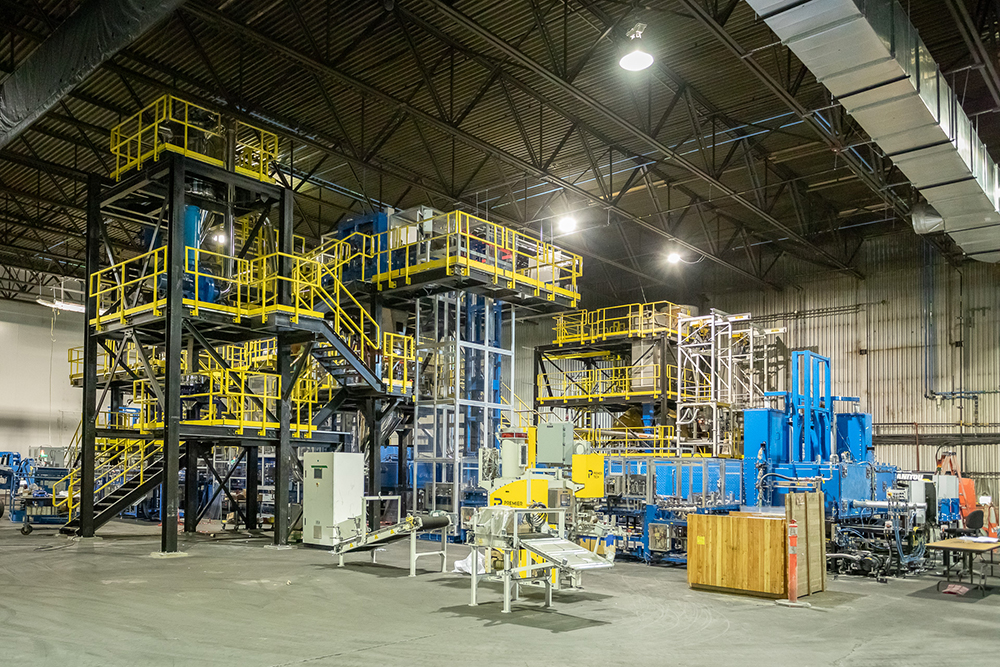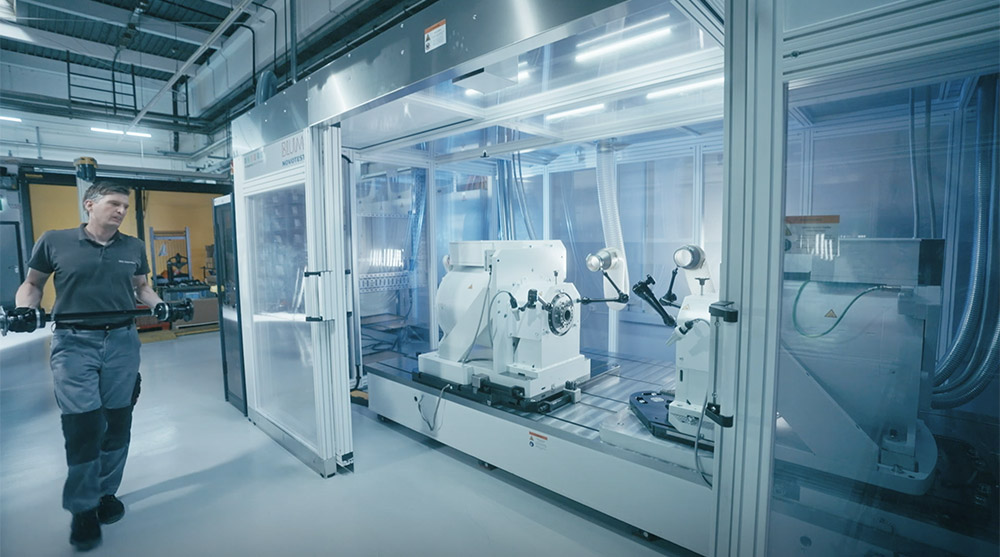[ad_1]
Postal delivery vehicles arguably represent the perfect use case for EVs: they’re small, they drive short regular routes, and they return to central depots every day. Furthermore, in January 2021, President Biden announced a goal of replacing the massive US federal fleet with US-made electric vehicles, and the US Postal Service, which operates a delivery fleet of over 220,000 vehicles (some of which are so old that they might eat hay) would obviously be the centerpiece of any electrification plan.
So, advocates of EVs, sound financial policy and good old common sense were appalled when the USPS announced in February 2021 that it had chosen Wisconsin-based Oshkosh Defense to manufacture the agency’s Next Generation Delivery Vehicle (NGDV), and that most of these would probably be old-fashioned gas-burners.
Thus began the long and tedious saga that we dubbed As the Postal Service Turns. We and others have written about the tawdry tale at great length, but here’s a brief synopsis: lawmakers pressured the USPS to buy more EVs; states, NGOs, the United Auto Workers union and the disappointed EV manufacturer Workhorse all sued the USPS; the agency issued self-serving reports and complained about costs, but gradually and grudgingly increased the proportion of EVs it planned to procure.
Postmaster General Louis DeJoy, a holdover from the Trump administration, was a villain straight from Central Casting. However, the gentleman has always insisted that his objection to EVs was strictly a financial one. The USPS is an odd hybrid of a private business and a government agency—it generally receives no tax dollars for operating expenses, and is subject to onerous fiscal requirements that private companies don’t have. In DeJoy’s view, the higher up-front cost of EVs would make full electrification a fiscally irresponsible move unless Congress provided additional funding—the latest figure cited was $3 billion.
Well, the USPS has got its 3 big ones, thanks to the Inflation Reduction Act (IRA), which was passed in September, and the agency now says it’s ready to make the majority of its next-gen delivery vehicles electric.
The USPS has announced that it “anticipates increasing the quantity of purpose-built Next Generation Delivery Vehicles to a minimum of 60,000, of which at least 45,000 will be battery-electric by 2028. NGDV acquisitions delivered in 2026 and thereafter [are] expected to be 100% electric.”
In addition to the NGDVs, which will be built by Oshkosh, the Postal Service “expects to purchase an additional 21,000 battery-electric delivery vehicles through 2028, representing a mix of commercial-off-the-shelf vehicles. Feasibility of achieving 100% electrification for the overall Postal Service delivery vehicle fleet will continue to be explored.”
The agency expects new NGDVs to start serving postal routes in late 2023.
Of the 3 large provided by the IRA, $1.3 billion is expected to go for vehicles, and $1.7 billion for charging stations. Another $6.6 billion will go toward other electrification projects, including heavy-duty trucks and other non-delivery vehicles, for a total of some $9.6 billion.
“We have a statutory requirement to deliver mail and packages to 163 million addresses six days per week and to cover our costs in doing so,” said Postmaster General DeJoy. “As I have said in the past, if we can achieve those objectives in a more environmentally responsible way, we will do so. The $3 billion provided by Congress has significantly reduced the risk associated with accelerating the implementation of a nationwide infrastructure necessary to electrify our delivery fleet. While most of the electric vehicle funding will continue to come from Postal Service revenues, we are grateful for the confidence that Congress and the Administration have placed in us to build and acquire what has the potential to become the largest electric vehicle fleet in the nation.”
“What is less widely understood is that our network modernization initiative is necessary to enable this vehicle electrification and will also provide meaningful cost and carbon reductions in other ways,” DeJoy continued. “A key focus of our modernization effort is to reduce inefficient transportation and improve distribution operations, resulting in far less air cargo and far fewer truck trips.”
[ad_2]
Source link





